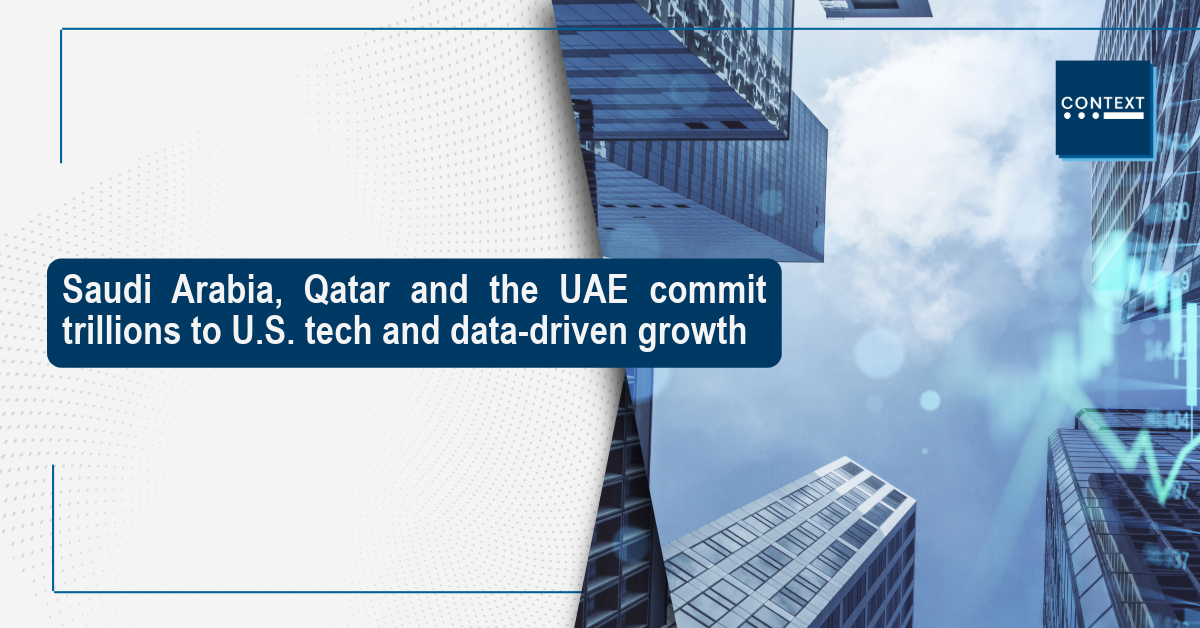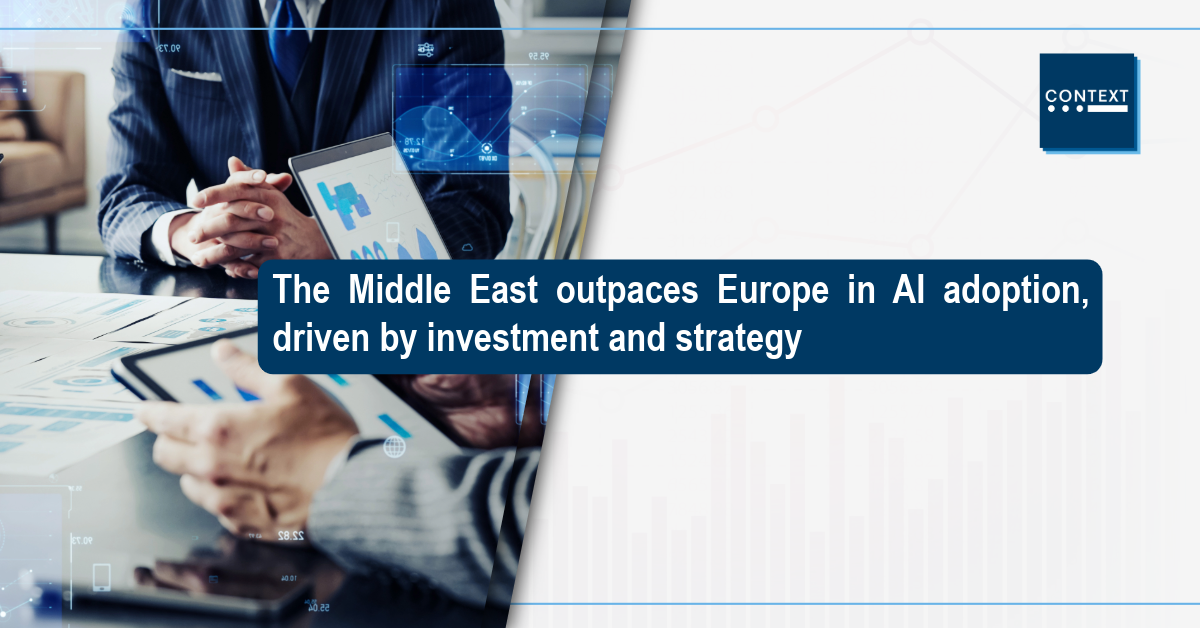The Middle East's Rise as a Tech Superpower: A New Era of
"Tariffs for Tech"
Donald Trump's recent visit to the
Middle East, including stops in Saudi Arabia, Qatar, and the United
Arab Emirates, has signalled a major shift in global trade dynamics.
The trip, which took place between 13 and 16 May, aimed to position
the US as the preferred partner for large-scale investments in
technology, data centres, energy, and infrastructure. This approach
leverages a "tariffs for deals" policy, suggesting that
countries willing to strike significant commercial agreements with the
US will be rewarded with lower tariffs. This strategy is actively
reshaping the geopolitical landscape, as evidenced by the substantial
commitments made by the Gulf nations.
Unprecedented Pledges and Strategic Partnerships
The visit resulted in unprecedented
economic pledges, far exceeding those of previous engagements. Saudi
Arabia committed to a staggering $600 billion in investment to the US,
a figure that far surpasses the $350 billion defence pledge from a
2017 visit. Qatar followed with an even larger $1.2 trillion economic
commitment to the US, and the UAE accelerated its previous $1.4
trillion commitment with a pledge of $200 billion in new commercial
deals. These pledges are more than just promises; they are the
foundation for a new era of business, with specific, actionable
projects already underway.

Key Confirmed Projects
The immediate impact of these
agreements is already being felt across the technology sector.
- NVIDIA and AMD have signed agreements with Humane to
supply hundreds of thousands of chips for the construction of a
one-gigawatt AI data centre.
- Humane has also partnered
with Amazon Web Services (AWS) to create an AI zone, a project with
an expected investment exceeding $5 billion.
- Oracle is
joining the fray by opening a new cloud region in Riyadh as part of
a $14 billion investment in Saudi Arabia's digital
infrastructure.
- Microsoft has partnered with the UAE-based
G42 to build a large-scale AI supercomputer.
- Quantinuum, a
US company, and Qatar's Al Rabban Capital have entered a joint
venture, investing $1 billion in quantum technologies.
These confirmed projects illustrate
the tangible outcomes of the diplomatic visit and the vast capital
flows now being directed towards the US from the Middle East.
A New Centre for AI Adoption and Strategic Geopolitical Implications
The market data confirms the Middle
East is rapidly becoming a global tech powerhouse. While Saudi Arabia
faced a few tough months earlier in the year, it saw a remarkable 67%
growth in August, with growth reaching as high as 321% in other
months. More significantly, the share of AI-capable servers in Saudi
Arabia, Qatar, and the UAE was around 13% in August, at times peaking
at 18%. This is notably higher than in Europe, where the share is only
around 10%, suggesting that the Middle East is outpacing traditional
markets in AI adoption. This is being driven by an abundance of
government-backed investment and ambitious national strategies, such
as Saudi Arabia's Vision 2030, which aims to transform the country
into a non-oil-dependent economy.

The geopolitical implications of
these deals are equally profound. The visit and subsequent
agreements are seen as a significant blow to China's Digital Silk
Road initiative, as the US is leveraging technology partnerships to
regain influence. Despite the UAE's membership in BRICS, these deals
demonstrate that the Gulf nations are open to working with both
Eastern and Western companies. This "East Meets West"
approach positions the region as a unique, neutral ground for
technology adoption and development, offering vendors an opportunity
to navigate a multipolar world.
The Path Forward
The economic outlook for the region
is exceptionally positive. The World Bank projects a 3.2% growth in
2025 and 4.5% in 2026, driven by non-oil sectors. This economic
health, combined with forward-thinking government strategies, is
expected to propel these countries up the global AI index. Looking
ahead, the close working relationship between the US and the Middle
East is likely to continue until at least 2029, when a new US
presidential administration could introduce different policies. Over
this period, it is predicted that Middle Eastern companies will gain
a larger presence and ownership of US assets, and the region will
play a more pivotal role in global AI development. The combination
of large-scale investment, strategic geopolitical positioning, and
government-driven initiatives solidifies the Middle East's emergence
as a critical hub for technology and AI development on the world stage.
For more trends
in the IT META channel, tune into CONTEXT’s monthly META
webinar. You'll find these and more channel trends,
specifically for the Middle East, Türkiye, and Africa, to help you
navigate this dynamic market.
Register here to join.